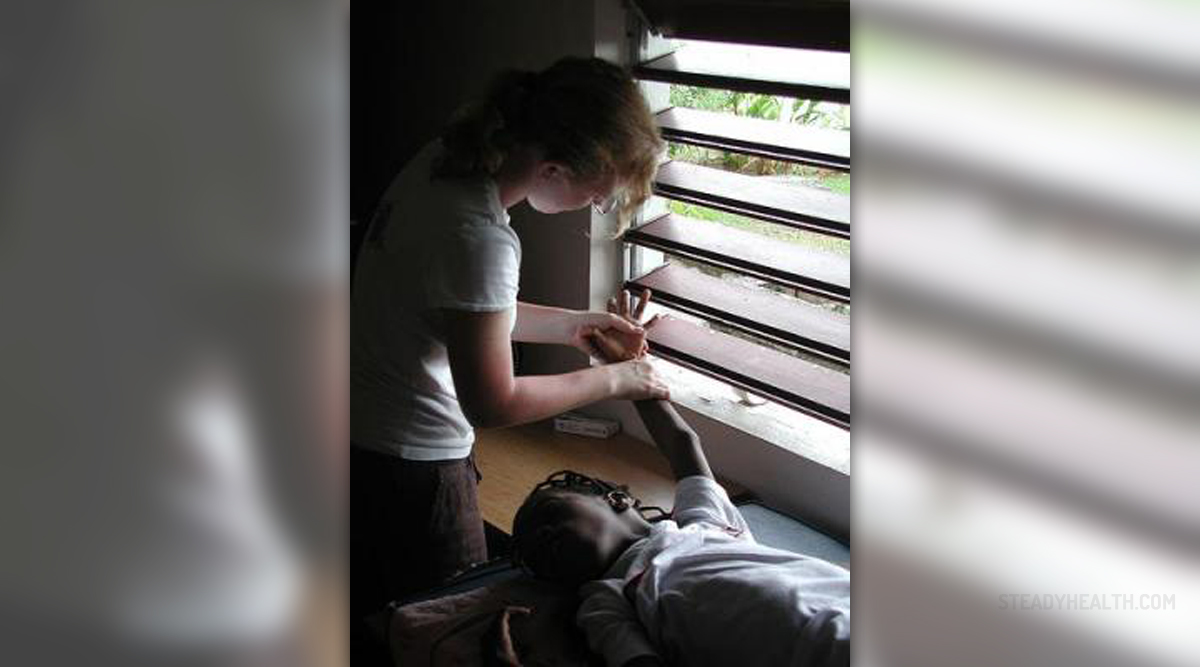
When a patient has spasticity and stiffness, an orthopedic surgery is in order so as to improve his or her mobility. This is especially important for those individuals suffering from cerebral palsy.
An orthopedic surgery is a procedure where otherwise shortened muscles and tendons are being lengthened. However, the first thing to do is to determine what muscles are responsible for obstructions in the patient’s gait. This can prove to be a very difficult assignment. Walking requires a synchronized effort of more than 30 major muscles in a person's body. Any of those might be the cause of the problem.
Furthermore, due to the adjustments made by the body to compensate for existing imbalances, the search may strike some dead ends caused by false clues resulting from this type of behavior. Until recently, clinical examination, observation of the gait and exact measurements of motion and spasticity were considered to be the most conclusive when dealing with this condition. However, modern times bring about a new technique called gait analysis.
This technique implements the use of cameras that track the patient’s movements. It also involves force plates which determine the exact timing of the feet when contacting the ground. A special recording method, called electromyography, detects muscle activity and every bit of this data is stored in a computer. This data is then subjected to an analysis resulting in an identification of the problematic muscles. This way, it is possible to point out the exact cause of the condition. It is also possible to predict the level of improvement after treatment.
This surgical procedure has considerably increased in other fields as well. The recovery time is significantly shortened, from several months to as little as a week or two. The fact that the recovery time depends in no small amount on the age of the patient prompted doctors to take a new perspective on the timing of the surgery. For instance, when it comes to a so called ‘scissor pattern’ walk, caused by spasticity in the upper leg muscles, the optimal age for a correction surgery would be two to four years. The lengthening of a hamstring or an Achilles tendon, on the other hand, is best done when the patient is seven or eight years old. The conclusion would then be that it is sometimes best to delay the surgery until the optimal age so as to achieve the best results during recovery phase.
Shorter recovery times and new, less invasive surgical techniques now allow doctors to schedule procedures at times that take advantage of a child's age and development phase to achieve the best possible results.


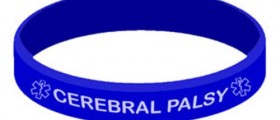
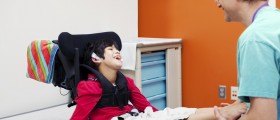
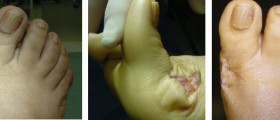


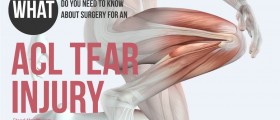
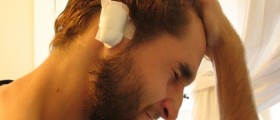
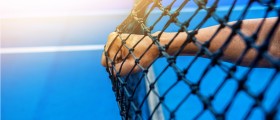
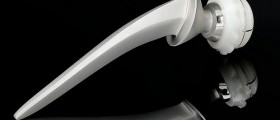
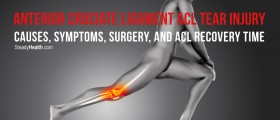

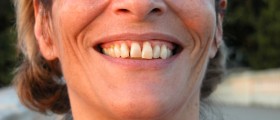
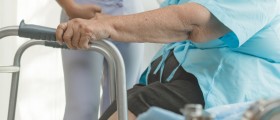
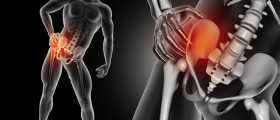

Your thoughts on this
Loading...